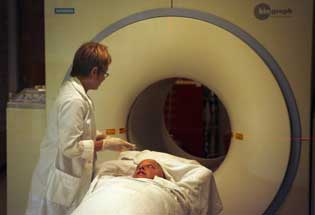Green tea studied in search to stop cervical cancer

Tuscon, AZ
The group of viruses known as HPV is a known cause of cervical cancer. It’s also the most common sexually transmitted disease in the United States. It’s estimated that half of all sexually active Americans will contract HPV during their lifetime and at any given time approximately 20,000,000 people in the United States are carrying the disease.
Most people who get HPV clear the infection on their own, but some people have persistent HPV which can lead to precancerous lesions and other damage to a woman’s cervix. Although the Food and Drug administration approved Gardasil, a vaccine for the virus, in 2006, it cannot be given to women who have already been infected, even if the disease in no longer present in their bodies.
Up until now, all known treatment for persistent HPV have been painful and invasive, involving freezing or surgical removal of part of the woman’s cervix. Both procedures also make it difficult for a pregnant woman to carry a baby to full term. This has lead scientists to search for a better, less invasive method of stopping HPV before it causes the precancerous lesions.
Now Arizona Cancer Center is testing a green tea extract known as Polyphenon E, to see if it is effective against HPV. The $1 million clinical trial will include 150 women in Arizona, California, and North Carolina, all of whom currently are currently infected with HPV. Half of the women will be given a placebo. The other have will be given 800-milligram capsules of green tea extract. This is about the same amount of green tea flavonoids one would receive from drinking approximately 8 cups a day of green tea.
According to Wendy Thomas, research specialist at the Arizona Cancer Center, which is affiliated with the University of Arizona, “Finally we will have a yes or a no. And it may not work, but at least we will know."
The study is being funded by National Cancer Institute’s Division of Cancer Prevention.
Labels: Cervical Cancer Research, HPV, Medical Advances



